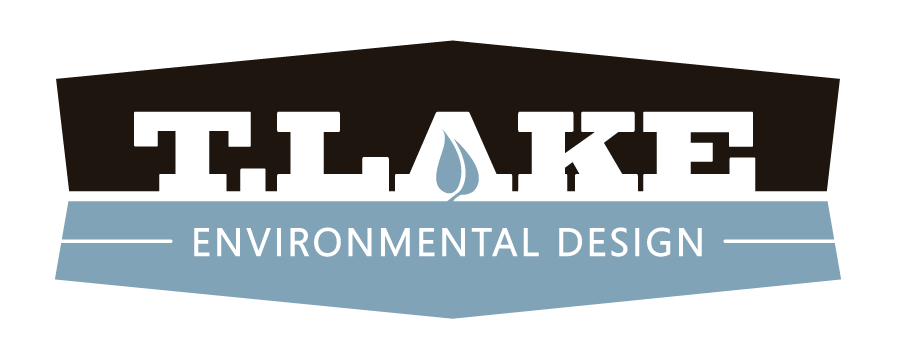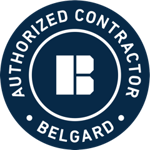When you picture the perfect outdoor space, what do you see? Greenery? Flowers? Shaded areas? Perhaps a bubbling boulder, or a small pond? Each of us has different ideas about what makes a space great, but the chances are, they will all share one thing in common: life.
It’s hard to imagine the outside world without living things. Bird songs, crickets, the swish of leaves - these are the things that most of us love the most about being outside. But somehow we have lost our way. Much of modern landscape design has focused so heavily on humans that we’ve forgotten how to work with nature, and as a result, our environments are suffering.
Here at T.Lake, we’re working on putting this right.
Environmental design is about more than planting hedges and laying decks. Although it shares many of the same characteristics as landscape and building design, it takes an entirely different approach, working with the existing environment, rather than against it.
At T.Lake, we believe our job as environmental designers is to create dynamic, harmonious outdoor spaces that benefit people, critters, and microbes alike, without putting unnecessary strain on our natural world.
With this in mind, let’s take a look at some of the ways environmental design is redressing the balance, helping to cultivate native ecosystems, and nurture the natural world.
Provide a Water Source
Few additions can enhance an outdoor space like a water feature. Stylish, soothing, and surprisingly low-maintenance, water features are also an important part of the local ecosystem.
Think about it: all living things need water to survive. By creating a water source, you’re not only encouraging birds, insects, and mammals to visit you, but also helping the wider critter-population to thrive.
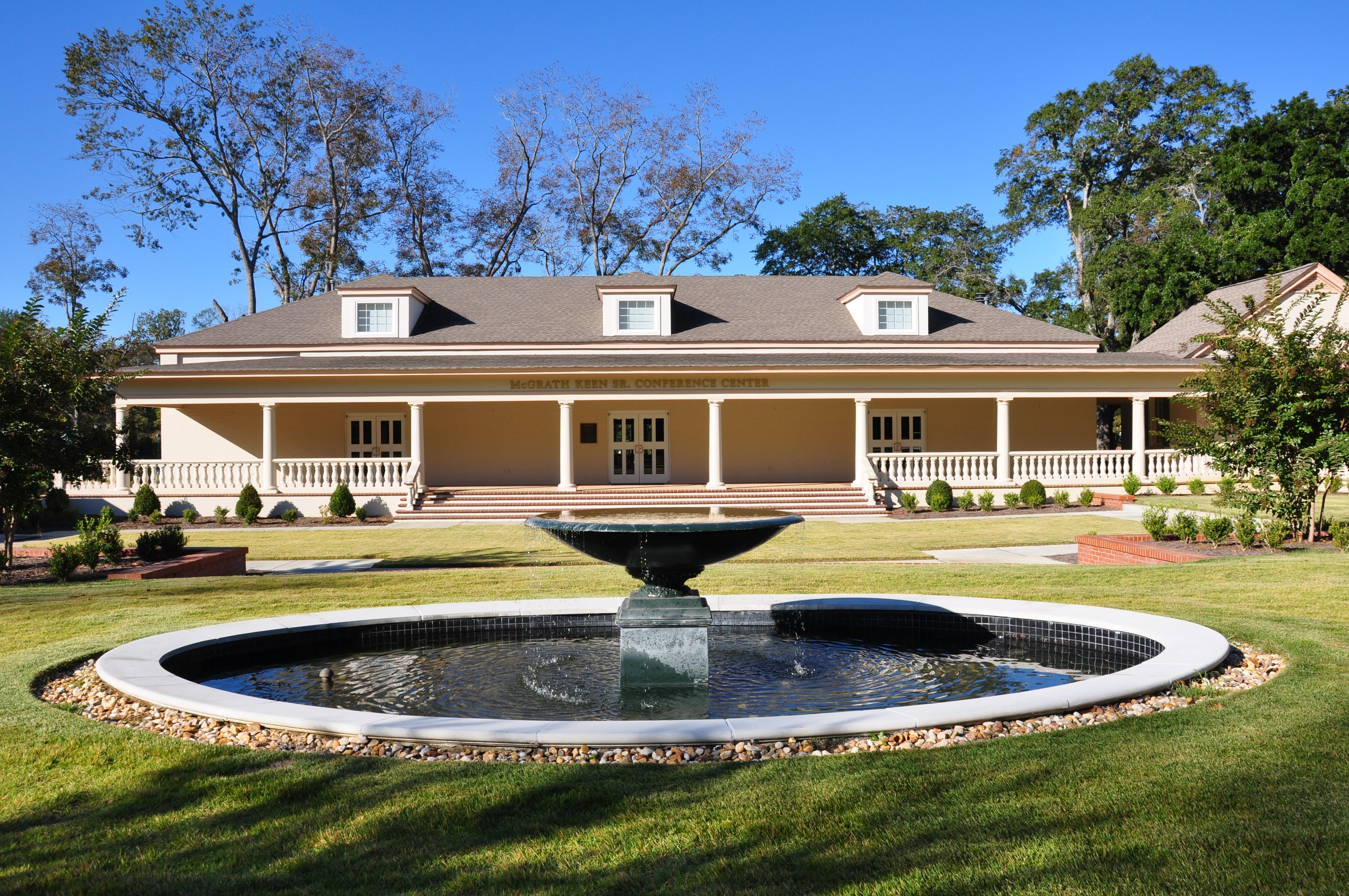
There are a few common main ways you can provide water for wildlife: ponds, birdbaths, and dripping water features. Ponds, in particular, are great for encouraging wildlife, with birds, amphibians, reptiles, and insects like dragonflies all drawn to still bodies of water. Make sure that your pond mimics the real thing by installing gradual edges, and lining it with rocks, plants, and branches.
Water features come in all shapes and sizes and can be placed in residential and commercial properties alike. Our favorites include bubbling boulders, waterfalls, and fountains. Not only is the wildlife happy, but it sure makes for a peaceful noise during a lunch break at work or a night on the back patio with family.
Wetland Mitigation
Few places on earth can compare with the biodiversity here in Georgia. Boasting more than 5 distinct habitats and over 800,000 acres of national forest, there’s little wonder why Georgia locals are so committed to protecting their biodiversity haven. With so many environments to consider, it is important to adapt your design accordingly, working to mitigate the unique challenges posed by mother nature.
Often, the mere mention of a wetland is enough to dampen the palms of even the most seasoned landscape designer. This common Georgian ecosystem gets a bad wrap, mainly because many plants struggle to grow in boggy soil. While this is true, we believe that the benefits of a wetland-rich outdoor space far outweigh the challenges.
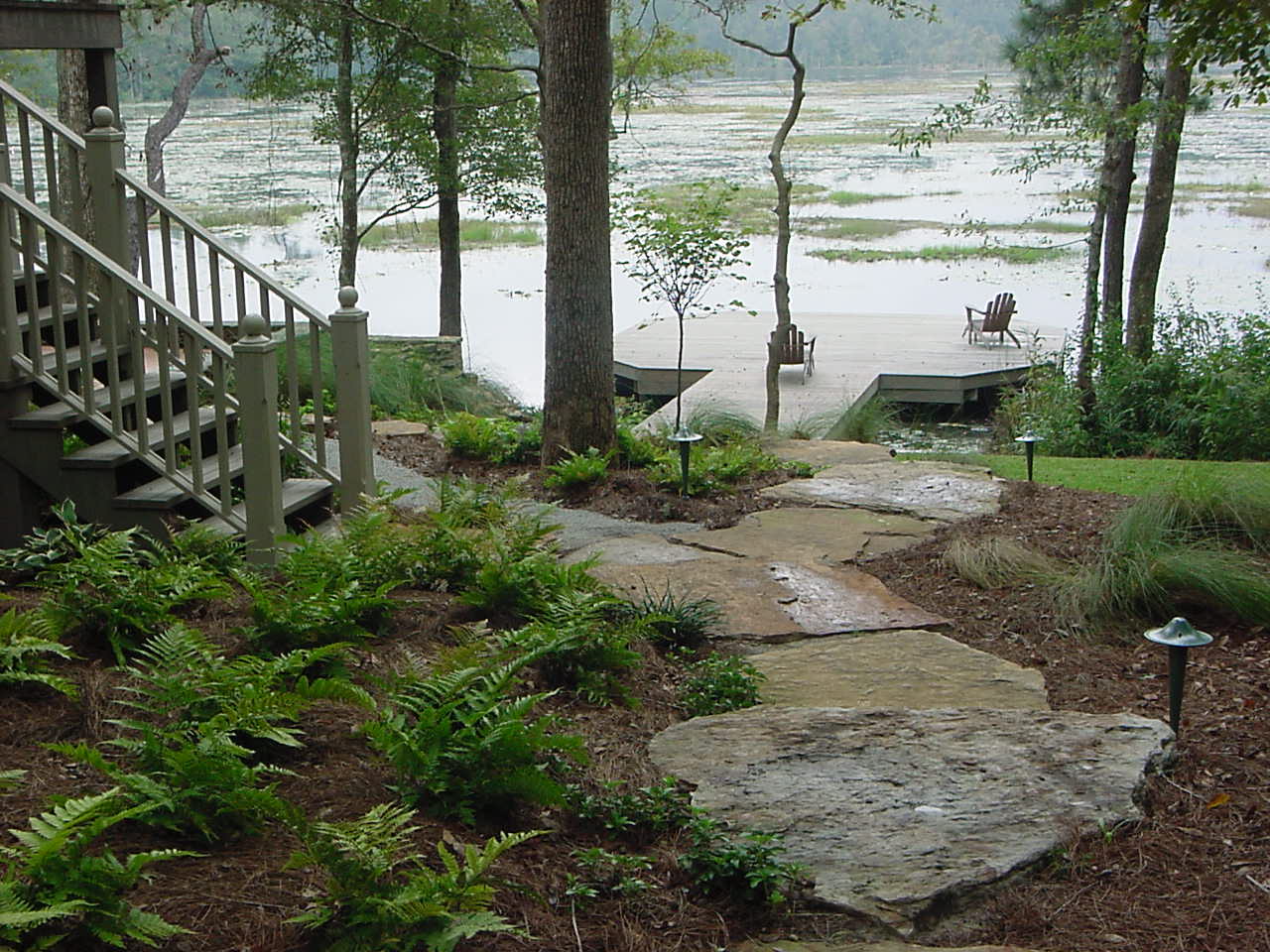
Wetland mitigation is a technique that helps preserve an area’s natural ecosystem. If your business backs onto swampland then you should consider installing a natural barrier of native grasses and wildflowers, to not only shield your property from flooding but to protect the local ecosystem and its inhabitants.
Contrary to popular belief, you will often find non-invasive solutions like wetland mitigation to be more effective, longer-lasting, and more aesthetically pleasing than their man-made counterparts.
Focus on Native Planting
Native North American plants are disappearing at a staggering rate. Urban development, farming, and the use of toxic chemicals have all contributed to the problem, and the knock-on effect on our native wildlife is devastating.
The good news is that with clever planning we can help reduce this damage and return to a more symbiotic relationship with our natural ecosystems.
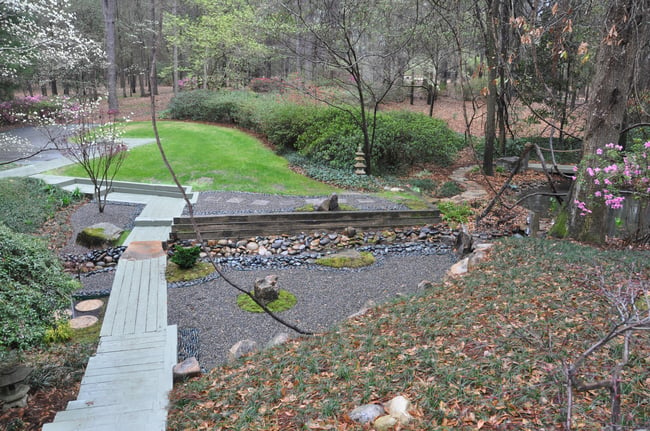
There’s no shortage of wonderful native flora, and by choosing plants that are suited to our local environment, you’ll be rewarded with an easy to care for landscape. From shrubs and trees to groundcovers to palms and flowers, native plants not only look great but also serve as a sustainable food source for local wildlife.
Some popular native plants in Georgia include the Sugar Maple, Eastern Redbud, Bigleaf Magnolia, Dwarf Palmetto, and the Eastern Hop-Hornbeam.
Increase Irrigation Efficiency
Keeping your manicured outdoor space watered presents us with an age-old dilemma. On the one hand, you want to use as little water as possible, eliminate waste, and to do your part for the planet. On the other hand, nobody likes a dried-out lawn, and without regular watering, the Georgia heat makes this inevitable.
Luckily, as modern environmental designers, we have access to a wealth of innovative technology, which not only reduces water use but prevents over-watering and flooding.
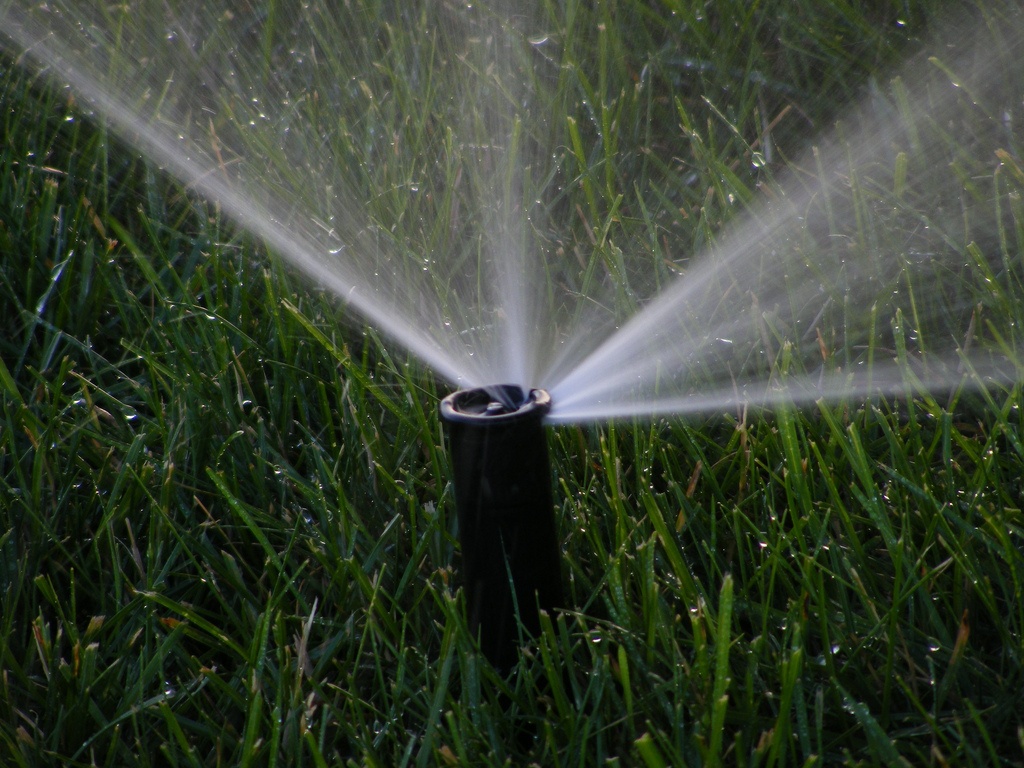
At T.Lake, our smart systems can monitor anything from weather to soil moisture in real-time — ensuring that your system only runs as and when supplemental water is needed. We can also retrofit existing systems, using GPS technology to map, audit, and modernize existing systems. This means minimal disruption to the existing area, without compromising on quality.
Transform Your Space Today
With so much at stake, don’t you think it’s time we started doing things differently? There have never been more options when it comes to environmental design. More than just damage control, this innovative approach is transforming the way we interact with outdoor spaces, bridging the gap between the human and natural world.
Ecosystems are healing, critters are returning to their native habitats, and humans are learning to reconnect with the earth.
If you ask us, that’s pretty neat. 😎
